Junkyard Find: 1967 Chevrolet P20 Adventure Line Motorhome

Back in the 1960s and 1970s, quite a few Midwestern RV manufacturers would take new Chevrolet Step-Vans and build them into motorhomes. Most spent productive decades ferrying retirees between Michigan and Florida, then settled into long-term retirement in driveways and dirt lots, serving as homes for many generations of raccoons, possums, and wasps.
Here’s a Kansas-built P20-series RV in the San Francisco Bay Area, giving up some of its components while awaiting the cold steel jaws of The Crusher.
I couldn’t find much information online about the RVs made by the Adventure Line Manufacturing Company in Parsons, Kansas, though there is a bit of firearms-forum discussion about the AR-15 magazines made by the company a few years after building this vehicle.
RVs are always the most disgusting vehicles found in the inventory of self-service wrecking yards, invariably packed with hantavirus-saturated rodent detritus and bottles full of crank piss (or worse). I have spent far too much time in junked RVs, ever since I made the stupid decision to heat my garage with a Winnebago propane furnace.
The engine is gone, but it would have been a pushrod straight-six ranging in displacement from 194 to 292 cubic inches with an output between 120 to 170 horsepower. That’s right, this massive steel box got its motivation from an engine making horsepower very similar to that of a 2017 Corolla (though the 292 did put out 275 lb-ft of torque). Think about that next time you complain about modern econoboxes being underpowered.
I couldn’t make out the price on this tattered FOR SALE sign, but I’m sure it was nowhere near low enough.
Coming down the hill from Donner Summit with these brakes must have been exciting.
Made when men were men and California families vacationed in hoppy, clattery, leaf-sprung delivery vans.

Murilee Martin is the pen name of Phil Greden, a writer who has lived in Minnesota, California, Georgia and (now) Colorado. He has toiled at copywriting, technical writing, junkmail writing, fiction writing and now automotive writing. He has owned many terrible vehicles and some good ones. He spends a great deal of time in self-service junkyards. These days, he writes for publications including Autoweek, Autoblog, Hagerty, The Truth About Cars and Capital One.
More by Murilee Martin
Latest Car Reviews
Read moreLatest Product Reviews
Read moreRecent Comments
- Arthur Dailey 'Ere it's a nice little runner.Actually anyone with my log-in/sign-in name and picture absolutely should not be commenting on this article.
- Arthur Dailey Is the original Legend absolute peak Honda?
- MaintenanceCosts Curb weight of this version is likely north of 4500 pounds. Expect it to feel like a W221 S-Class, not a sporty coupe.
- Parkave231 New Oldsmobiles are in early this year.
- MaintenanceCosts "While there are absolutely exceptions, the days of the super-sleazy used car dealer seem to be behind us here in the States."Citation needed.


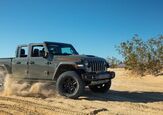

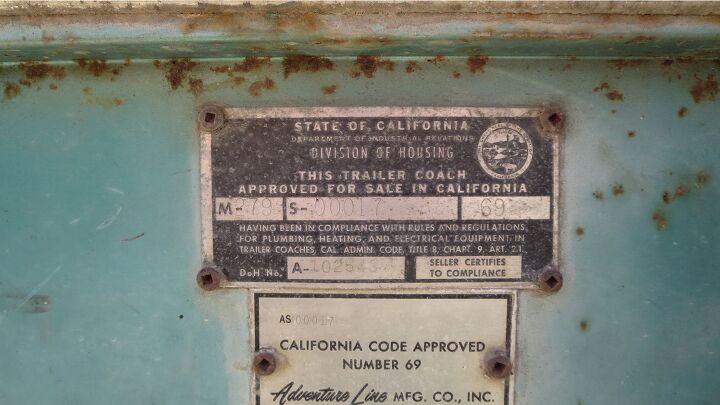
































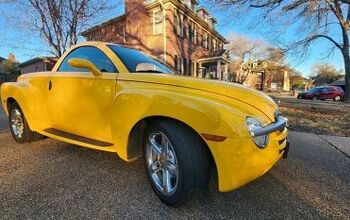
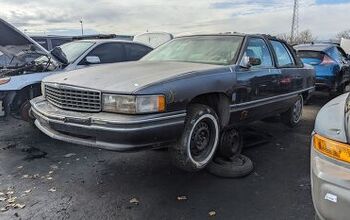
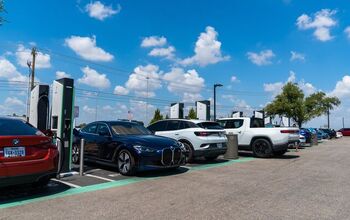
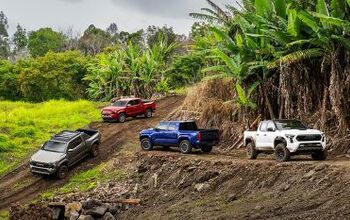


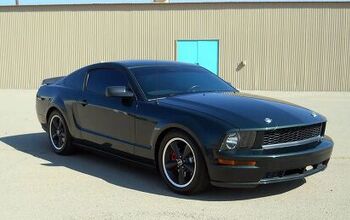
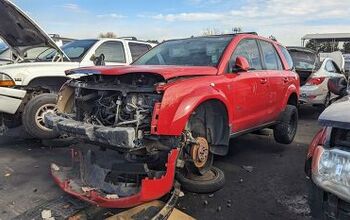

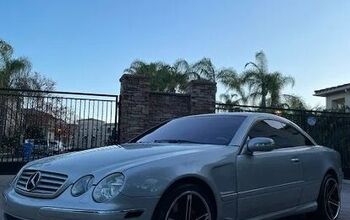
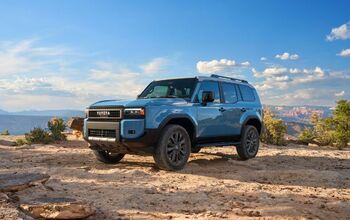
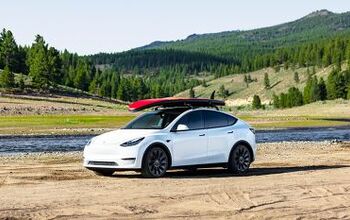

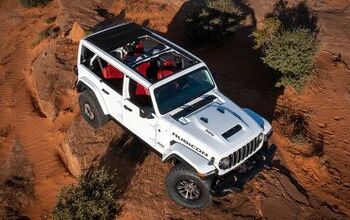
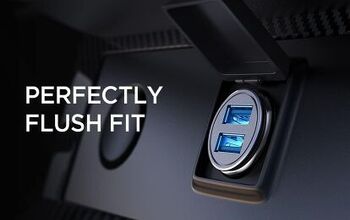

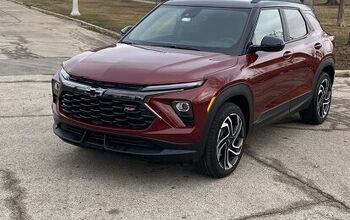
Comments
Join the conversation
So happy to hear about your find! I'd love to have one myself. For pics and info, I'd have to talk to my parents, aunt and uncle and see if they have any pics or info. I am happy to do this, but it may take a while. You might post an ad in The Parsons Sun and see if any ALMC employees are still around. They may have some information for you.
This Chevrolet P 20 adventure line is the closest we could find. I am trying to figure out what this motorhome was that we had when I was a kid. Would love to find one and restore it!